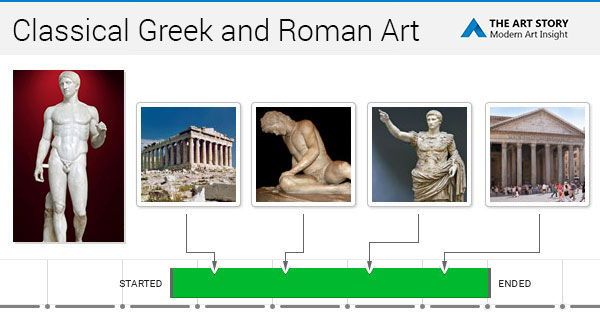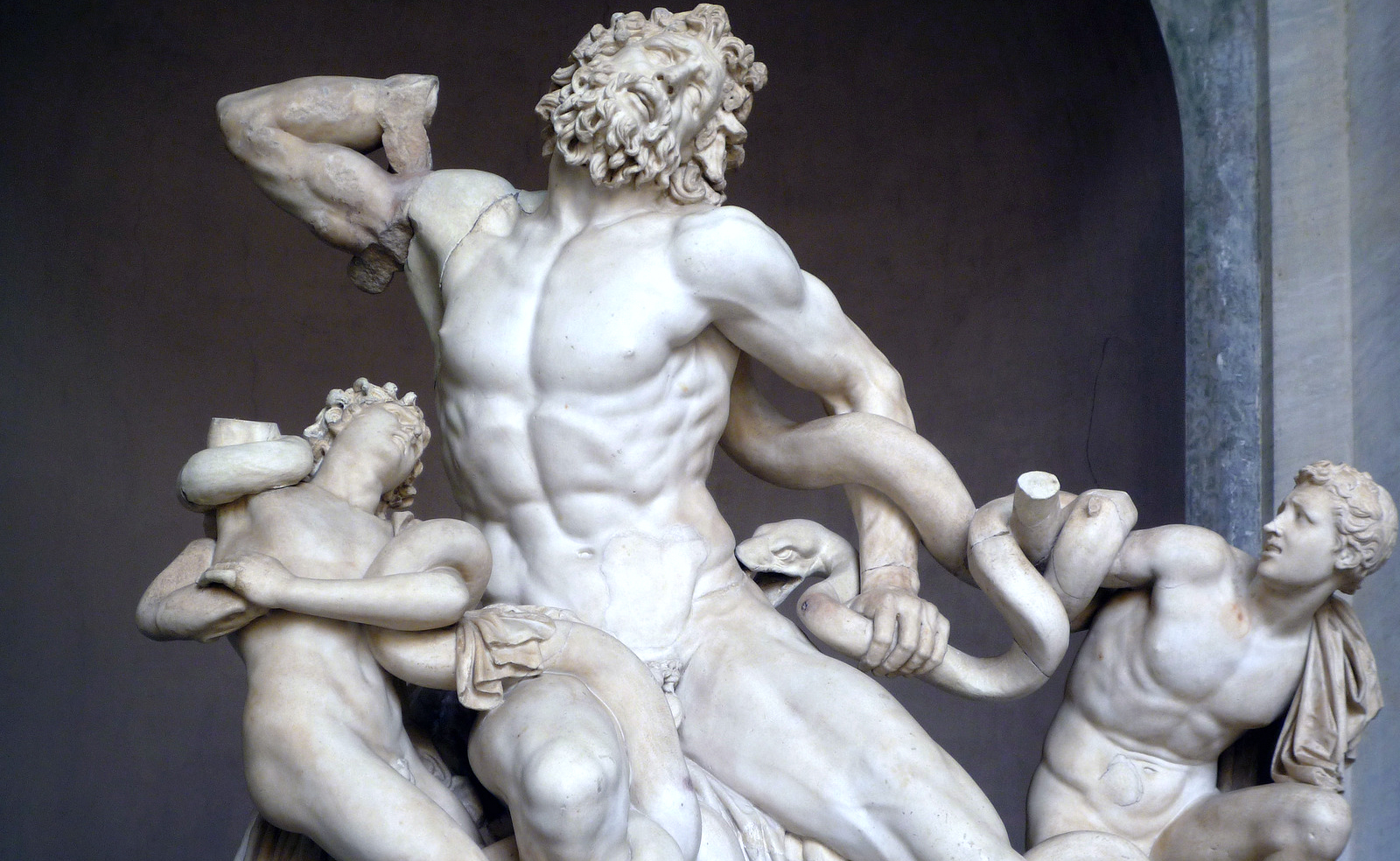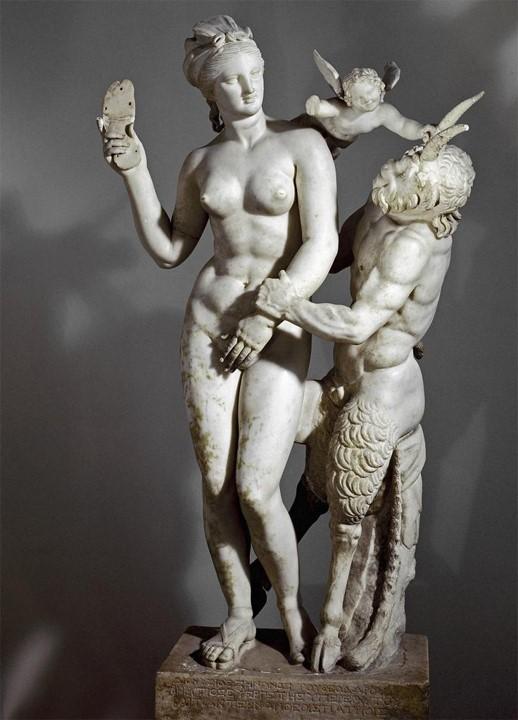The sculptures were generally polychrome except for works made in bronze. Were Classical sculpture both naturalistic and idealistic.

Classical Greek Sculpture Is Both Naturalistic And Idealistic True Or False Study Com
Were Classical sculpture both naturalistic and idealistic.

. Played a major role in the daily lives of the people of ancient Greece. Temples and other public buildings. Classical Greek sculpture is both naturalistic and idealistic.
The Classicism definition of art and architecture from the Greco-Roman eras emphasizes the qualities of balance harmony idealization and sense of proportion. Did you think Simon bolivar was practical or idealistic. By signing up youll get thousands of step-by-step.
Indeed John Boardman describes the work of Polyclitus Fig 2 a sculptor who canonized the male athletic body in classical period art as ideally realistic Boardman 157. The Greeks and Romans both represented gods and rulers in the form of statues a combination of religious and political influence. Classical sculpture was both naturalistic and idealistic.
The human form was a common subject of Classical art and was always presented as a generalized and idealistic figure with no emotionality. Although Roman sculpture which feature many copies of Greek sculptures is also concerned with mythology Romans often featured emperors and naturalistic examples of upper-class individuals. Art that was both Naturalistic and idealistic.
Whether deliberately applied. The classical period characterized modifications in both the function and the style of the sculpture. In Hegels analysis each style of art also had its paradigmatic art form.
Absolutely both in terms of composition and also of applique. Access the answers to hundreds of Ancient Greek art questions that are explained in a way thats easy for you to understand. A similar conflation can be found in the medium of classical sculpture which is both naturalistic and idealistic.
In the Classical period this conflict reached an apotheosis when the two forces were balanced against each other. Greek sculpture marked the height of Classical art and Romantic art grew with Christianity. The scientific skill of Greek sculptors in showing.
Classical Greek sculptors were more imaginative because the Enlightenment released them from the dogma of the pharoahs. Greek sculpture throughout the classical period consisted primarily of depictions of Gods and mythological scenes and figures. Botticellis painting Birth of Venus was the first painting of a life-size nude since Roman times.
Of relating to or having the nature of an idealist or idealism. Classical sculpture was both naturalistic and idealistic. The origin of sculpture in Greek and Roman art can almost be divided into distinct categories- classical and idealistic vs naturalistic and emotional sculpture work.
Were developed in the late fifth century BCE. True or false Classical sculpture was both naturalistic and idealistic. A Broad Overview of the Classical Aesthetic.
Classical Greek sculpture is both naturalistic and idealistic. Are classical sculptures naturalistic or idealistic. Ancient Greek sculpture of the Classical period depicts beauty through the balance of naturalism and idealism.
An example of this is the bust of Pericles by Kresilas. Ancient Greek sculpture represents a development from idealism to naturalism. The Classical Period in Greek art is known for the introduction of the three orders of columns.
Symbolic art for example was found in ancient Egypt. Archaic Classical and Hellenistic art all differ in one way or another. 3 points QUESTION 25 1.
Idealist -d-lst KEYNOUN One whose conduct is influenced by ideals. Defined by a careful observation of nature a new concern for the mechanics of the body and the pursuit of. The sculpture of the Italian Renaissance comprises the approximate period between the late fourteenth and the early sixteenth century when Italian sculpture expressed a reaction against the aesthetic principles of Gothic and assimilating the influence of classical antiquity art humanism and rationalism developed a style that merged naturalistic and other.
For Hegel Romantic Christian art was the high point of the history of art a history which he believed complete and closed. Classical sculpture was both naturalistic and idealistic Government assembly halls The first Christian churches were patterned after basilicas used by he Romans as. Look up Painted Greek Sculpture just to start and know that then as now every surface has a finish.
Classical greek sculptures became increasingly naturalistic and began to show the body as alive and capable of movement while maintaining an interest in portraying the ideal human anatomy Greek Architecture. The High Classical Greek art was more idealistic and it showed how the Greeks wanted to be portrayed and the Hellenisic art is much more realistic. Beautiful natural looking images of men and idealized images of Gods.
Classical Greek figures appear more relaxed than the rigid formal Egyptian and early Greek sculptural poses because _____. The only materials available to the Egyptian sculptors were stones that had a very. Were classical sculpture naturalistic and idealistic.
Polykleitos Spear Bearer Classical art that emphasized rational simplicity order and restrained emotion. Were Classical sculpture both naturalistic and idealistic. Early Christian and Byzantine figures showed characteristics that were not natural but were symbolic.
Can be seen on the Temple of Athena Nike built on the Acropolis between 427 and 424 BCE. What is an example of a sentence using the word idealistic. Poses seemed more naturalistic as shown by the Polykleitos of Diadumenos sculpture.

Classical Art And Architecture History Theartstory

Introduction To Ancient Greek Art Article Khan Academy

Art History Midterm Flashcards Chegg Com

Roman Sculpture World History Encyclopedia

Form And Reality The Classical Greek Balance Of The Ideal And The Natural Disrecognized Space

Greek Art Art History Teaching Resources

The Story Of Art Symbolism Idealism And Realism Carolyn Anderson Blog
0 comments
Post a Comment